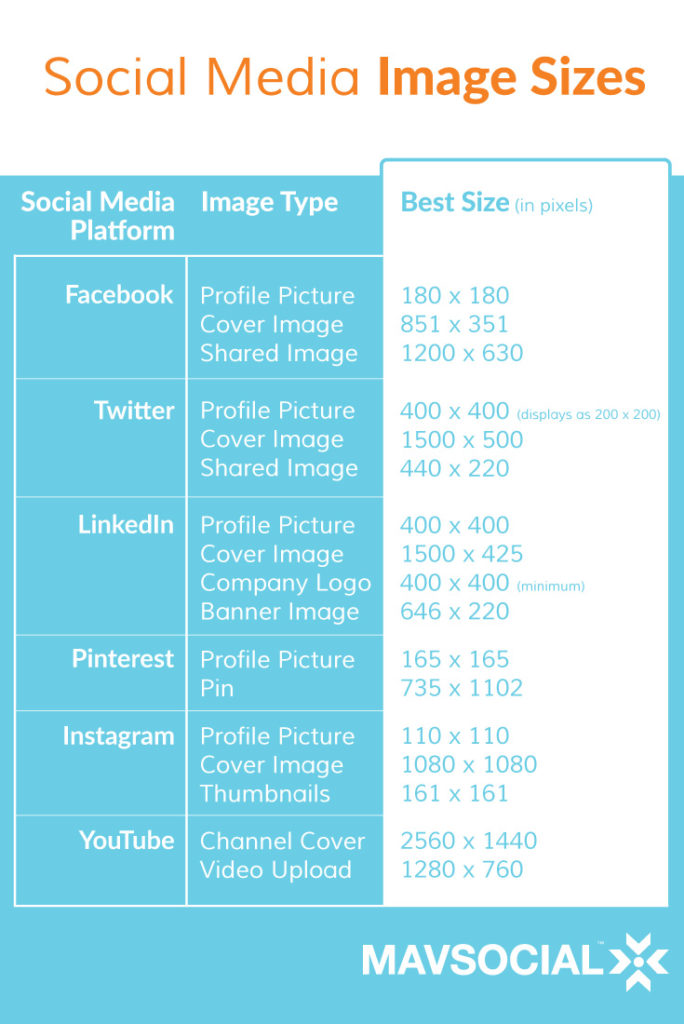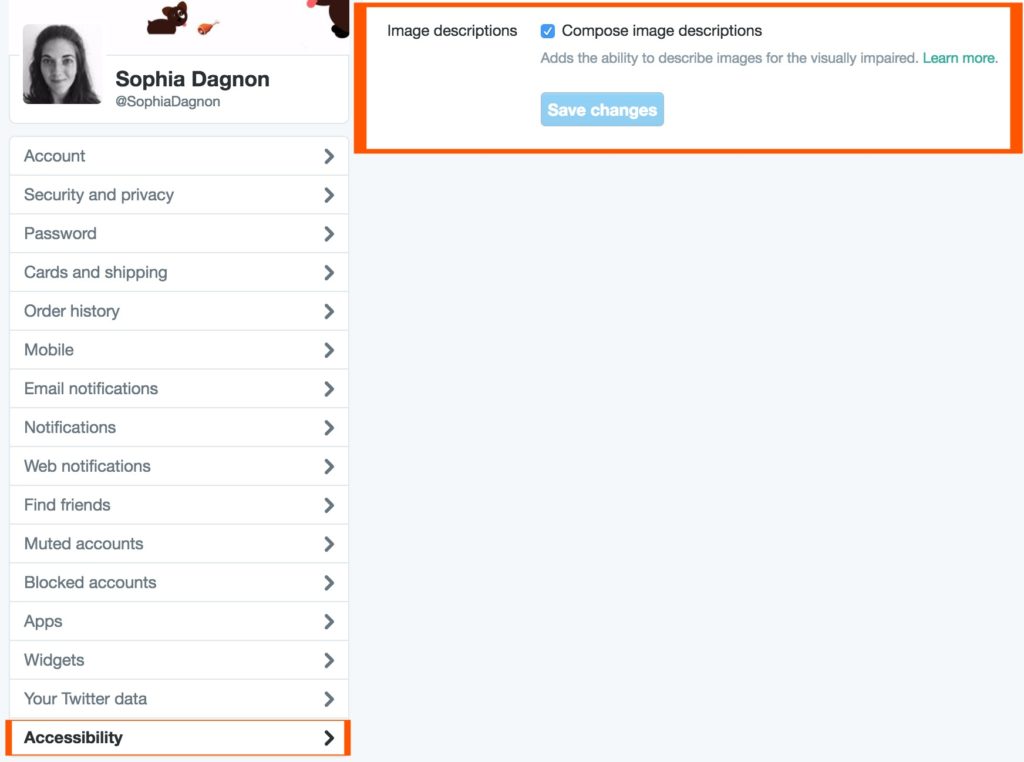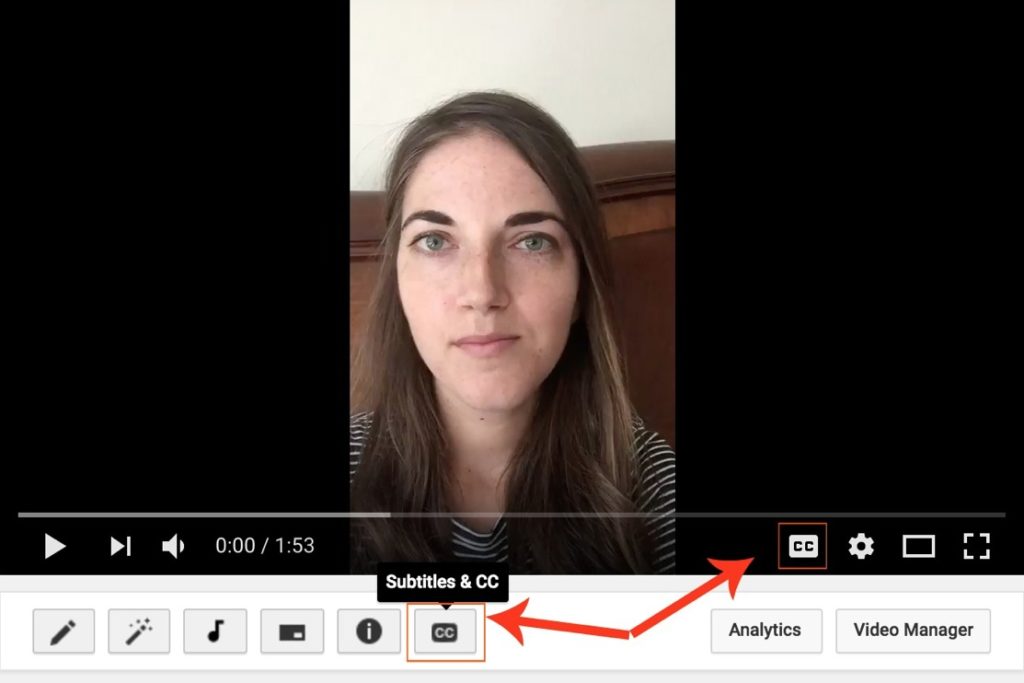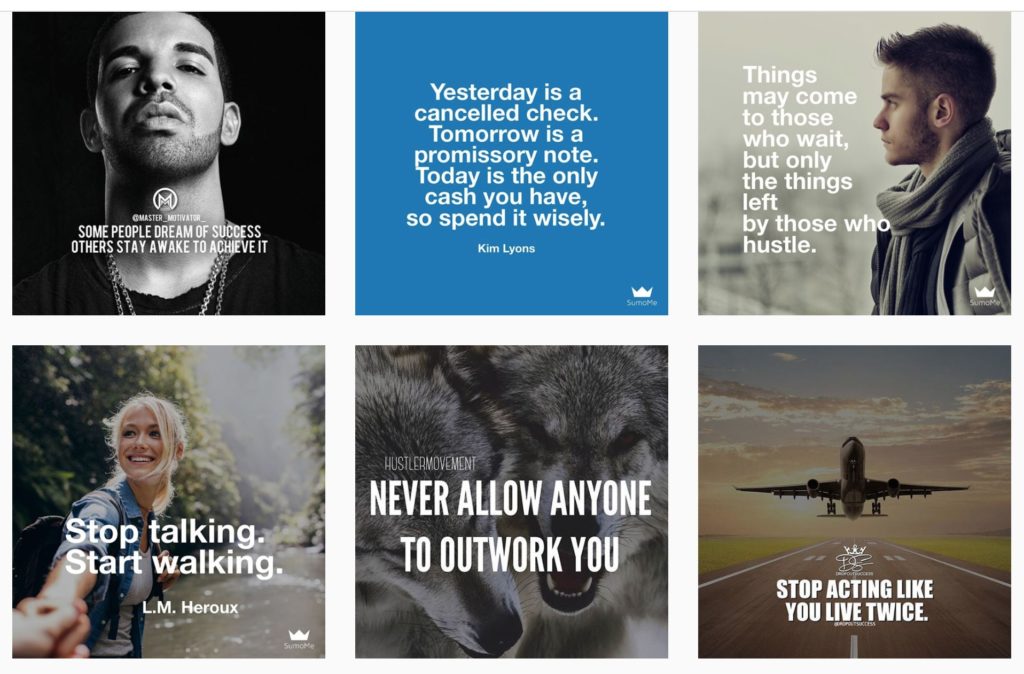Optimize your social media images so they are easy on the eye and show up in search
Every time you read a marketing article, there’s a new acronym you need to remember and include in your digital marketing strategy. SEO. SMO. CRO. It never ends.
And, because most search algorithms are proprietary and no two businesses are the same, there’s a lot of contradictory (and even harmful) advice about what works on social media.
The truth is, popular hashtags get abandoned. Recommended image sizes change. New strategies, apps, and novel solutions that promise to be the one that will increase your ROI the most, rise and fall.
The problem is that you’ve got a business to run. You don’t have the time or resources to evaluate every new application.
What you need is simple, social media optimization that works and won’t go out of style by tomorrow afternoon.
We’ve covered the best ways to optimize the words on your social media accounts. Now, it’s time to tackle images and video optimization.
In this post, we’ll cover how to get your video and images in top searchable shape so that social media becomes the powerful business asset you know it can be.
Video and image use across social media platforms is on the rise.
It’s not just the traditionally visual platforms like Instagram and Pinterest you need to think about. Including images in your social media updates has an incredibly powerful effect on people’s perceptions—tweets with images get 313% more engagement!
To be captivating and get engagement, your images need to be relevant, sharp and the right size. To be searchable, they need a little help under the hood.
1. Use a descriptive title
The days of calling an image or video test0133829264 are gone.
Search engines don’t see visual content- they see a bunch of pixels stacked together that could be absolutely anything. So, they rely on the title to understand what the visual content is about.
Pick a short, precise and descriptive name. If you are sharing a behind the scenes picture from a product launch on Instagram, you can call it something like ProductName-Launch.
If it feels natural, you can include one of the long tail keywords you want to rank for.
2. Make sure it’s the right size for the platform
It’s important to get the sizing right otherwise your images come out squished, blurry or cut in the wrong place.
Each platform has an optimum size for every image from the profile shot and banner to thumbnail display and in-post images.
To make it effortless, we’ve put together this simple graphic. You’ll never have to guess what the ideal size for the perfect Pinterest infographic is again!
3. Alt Tags on Social Media
The alt tags tell search engines more about the image, giving them a slightly more detailed explanation of what it is than the image title.
Usually, alt tags are something you add through the html code on your website, the WordPress interface or photo editing software like Photoshop and GIMP. However, Twitter and Pinterest let you add an image description which search engines treat in the same way as alt text.
To enable alt tags on Twitter, select the “compose image description” option under accessibility settings. On Pinterest, they are the same as your pin description.
Using alt tags on social media helps search engines index visual content more accurately and makes sure they appear in front of the right set of eyes.
4. Enable closed captions in videos
Like with images, search engines can’t understand video content without a little extra help. With estimates that video content will make up 79% of internet traffic by 2018, it’s vital that you give them enough information to index your content correctly!
Closed captions are a great tool for that because the text file that’s created is detailed, descriptive and searchable!
To enable closed captions on YouTube, select subtitles and CC.
Your images and videos are now the right size for each platform. You’ve named the files and added alt tags where possible. There’s one last step left.
5. Beyond size: optimize visual content type for the platform and your followers
Search engines are concerned with one thing- getting the most relevant content in front of you. But, relevance is context dependent.
Every social media platform has a distinct purpose and appeals to a particular demographic.
Instagram is the place to be if your clients are between 18 and 35 and love gorgeous photography and cute puppies.
Everyone uses Facebook. Seriously. While younger people tend to be more active on social media, Facebook has even captured a large percentage the elusive older generation—56% of over 65’s in the US use it!
At first glance Twitter is a lot of disjointed noise, but it is fantastic for building connections with influencers and creating brand awareness among the under 50s.
To optimize your profile, you need to give the users what they want out of that particular channel.
To get the most out of social media optimization, create platform specific content.
SumoMe, an audience building software service company, embraced the strengths, expectations and restrictions of the different social media platforms and optimized accordingly.
The payoff of this targeted strategy has been huge.
They cultivated a distinct audience on each platform and tailor and optimize their posts.
On Twitter they use a selection of GIFs and content curation to keep pace with the fast moving cycle and catch your attention as you scroll down through a crowded feed. Images need to be more than the right size- they need to be bright enough to draw the eye in.
Their Facebook posts are far more detailed and descriptive because their reach lasts longer and scrolling a little more leisurely.
Instagram is their focal social media account. It has a distinct, specific look and feel that speaks directly to their ideal client- the young entrepreneur working hard to build an audience from the ground up.
Every image is optimized for and targeted at that demographic with pinpoint precision.
The approach has been wildly successful. This targeted, optimized Instagram strategy grew their following from just over 4000 at the start of the year to over 102k and still growing.
Optimize for search engines and for your audience
Search engines are great. They put the right content in front of the right set of eyeballs. They are pretty smart too, and they are getting more sophisticated by the day.
But optimizing your social media account is about more than sizing and keywords. It’s about captivating and delighting the visitor enough to consume more of your content.
Optimizing your visual content for audience demographics and preferences as well as image sizes will help you grow faster and reduce your bounce rate because you are creating a unique, custom experience.




